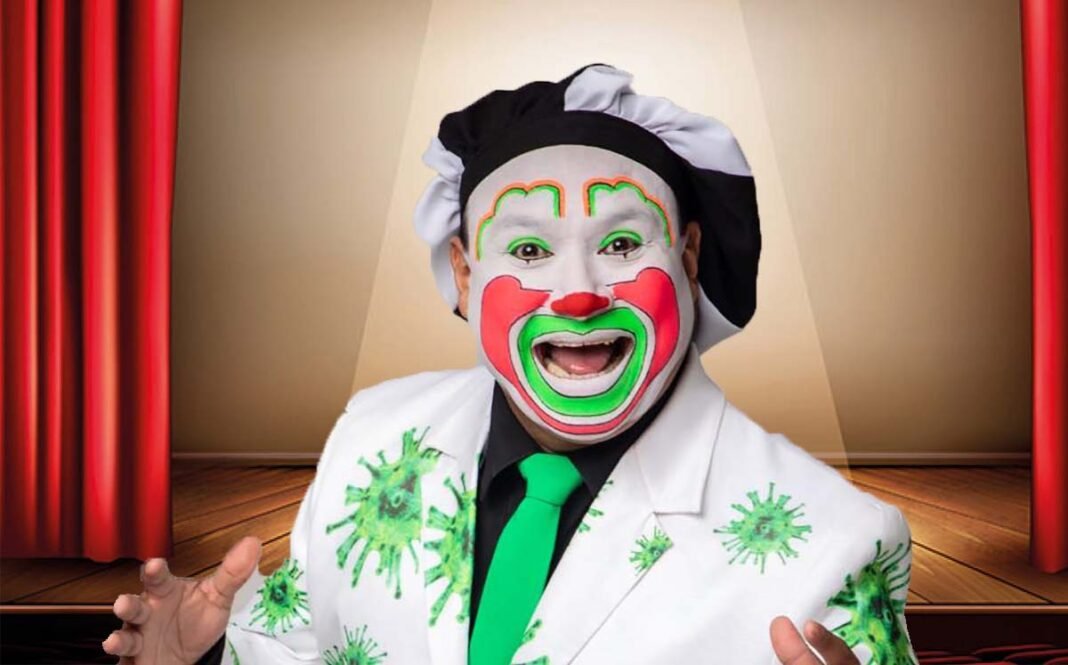In the world of traditional Spanish jewelry, few pieces are as emblematic and steeped in history as the “brincos dieras.” These distinctive earrings, with their intricate designs and cultural significance, represent a fascinating blend of art, tradition, and identity. In this article, we’ll explore the origins of brincos dieras, their evolution over time, and their role in Spanish culture today.
Origins of Brincos Dieras
Brincos dieras have their roots in Spanish history, tracing back to the medieval period. The term “brincos” is derived from the Spanish word “brinco,” meaning “jump” or “leap,” which aptly describes the way these earrings dangle and move with the wearer. The term “dieras” is less clear in origin, but it is believed to refer to a specific style or region associated with these earrings.
Historically, these earrings were crafted using gold and silver, materials that were both accessible and prestigious in Spain. They often featured elaborate designs that incorporated precious stones, enamel work, and intricate filigree. The craftsmanship involved in creating brincos dieras was highly skilled, with artisans dedicating significant time to ensure each piece was unique and beautiful.
Design and Craftsmanship
The design of brincos dieras is characterized by their elaborate and ornate nature. They typically feature multiple tiers or layers, with each layer displaying intricate detailing. Common motifs include floral patterns, geometric shapes, and religious symbols. The use of gemstones such as garnets, pearls, and emeralds is also prevalent, adding a touch of luxury and elegance to the earrings.
One of the most distinctive features of brincos dieras is their movement. The earrings are designed to sway and bounce with the wearer’s movements, creating a dynamic and eye-catching effect. This movement not only enhances the visual appeal of the earrings but also adds a sense of liveliness and energy.
Craftsmanship plays a crucial role in the creation of brincos dieras. Artisans use traditional techniques such as filigree, granulation, and enameling to produce these intricate pieces. Filigree involves the delicate manipulation of fine metal wires to create intricate patterns, while granulation involves the application of small metal beads to the surface of the earrings. Enameling, on the other hand, involves the application of colored glass or enamel to create vibrant and detailed designs.
Historical Significance
Brincos dieras have been an important part of Spanish culture for centuries. During the medieval and Renaissance periods, they were often worn by members of the aristocracy and nobility as a symbol of wealth and status. The elaborate designs and use of precious materials reflected the wearer’s social standing and affluence.
In addition to their role as status symbols, brincos dieras also held cultural and religious significance. Many designs incorporated religious motifs, such as crosses and saints, which were believed to offer protection and blessings to the wearer. The earrings were often passed down through generations, becoming cherished family heirlooms with deep personal and cultural value.
The Evolution of Brincos Dieras
As Spain underwent various historical and cultural changes, so too did the design and significance of brincos dieras. The Renaissance period saw a shift towards more elaborate and ornate designs, reflecting the opulence and grandeur of the era. During the Baroque period, brincos dieras became even more extravagant, with the introduction of new materials and techniques.
The 19th and 20th centuries brought further changes to the design of brincos dieras. With the rise of industrialization and mass production, traditional craftsmanship began to decline, and many artisans struggled to maintain their skills and techniques. However, this period also saw a renewed interest in traditional jewelry, with efforts to preserve and revive the art of crafting brincos dieras.
Today, brincos dieras continue to be celebrated as a symbol of Spanish heritage and craftsmanship. While modern designs may incorporate contemporary elements, the core principles of traditional artistry and elegance remain intact. Many artisans and jewelry designers are committed to preserving the heritage of brincos dieras, ensuring that these beautiful earrings continue to be a part of Spanish culture.
Cultural Impact and Modern Adaptations
The cultural impact of brincos dieras extends beyond their historical significance. In contemporary Spain, these earrings are often worn on special occasions such as weddings, religious ceremonies, and cultural festivals. They serve as a link to Spain’s rich cultural heritage, allowing individuals to celebrate and honor their traditions.
Modern adaptations of brincos dieras have also emerged, with designers incorporating new materials and techniques to create unique and innovative designs. While traditional elements remain central to these adaptations, contemporary designers have found ways to blend old and new, creating earrings that appeal to a modern audience while respecting their historical roots.
The revival of interest in traditional craftsmanship has also led to a renewed appreciation for brincos dieras. Many jewelry enthusiasts and collectors seek out vintage and antique pieces, valuing them for their historical significance and artistic merit. This resurgence in interest has helped to ensure that the tradition of crafting brincos dieras continues to thrive.
Conclusion
Brincos dieras are more than just a piece of jewelry; they are a testament to Spain’s rich cultural heritage and artistic tradition. From their origins in medieval Spain to their contemporary adaptations, these earrings have evolved while maintaining their distinctive charm and elegance. Their intricate designs, historical significance, and cultural impact make them a cherished symbol of Spanish identity and artistry. As we continue to celebrate and preserve the legacy of brincos dieras, we honor not only the craftsmanship of the past but also the enduring beauty of Spanish culture.
